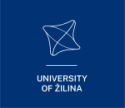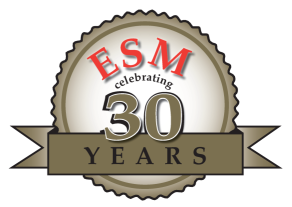
|
|
|
|
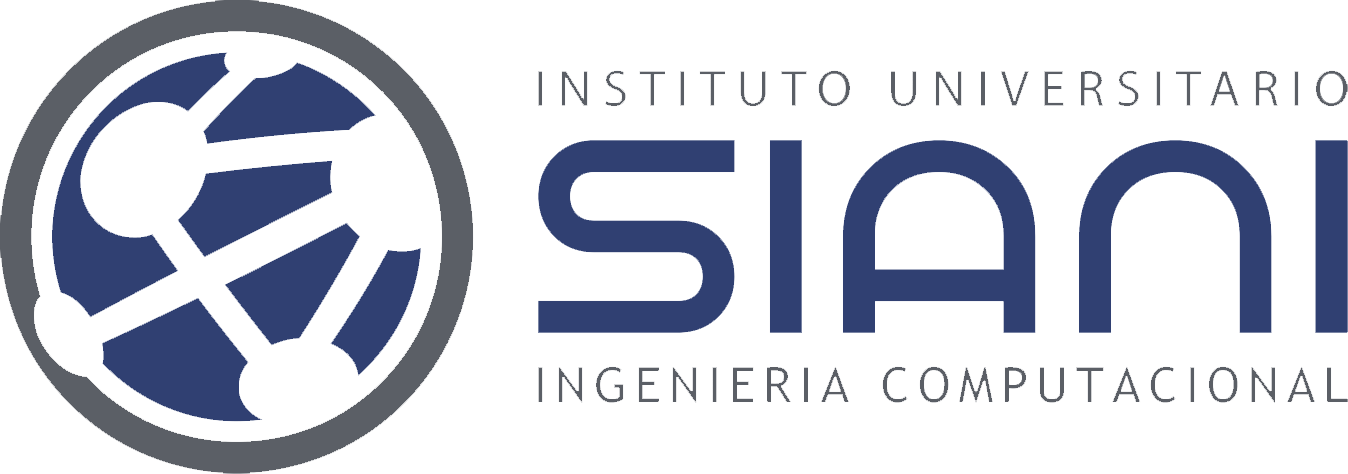
|
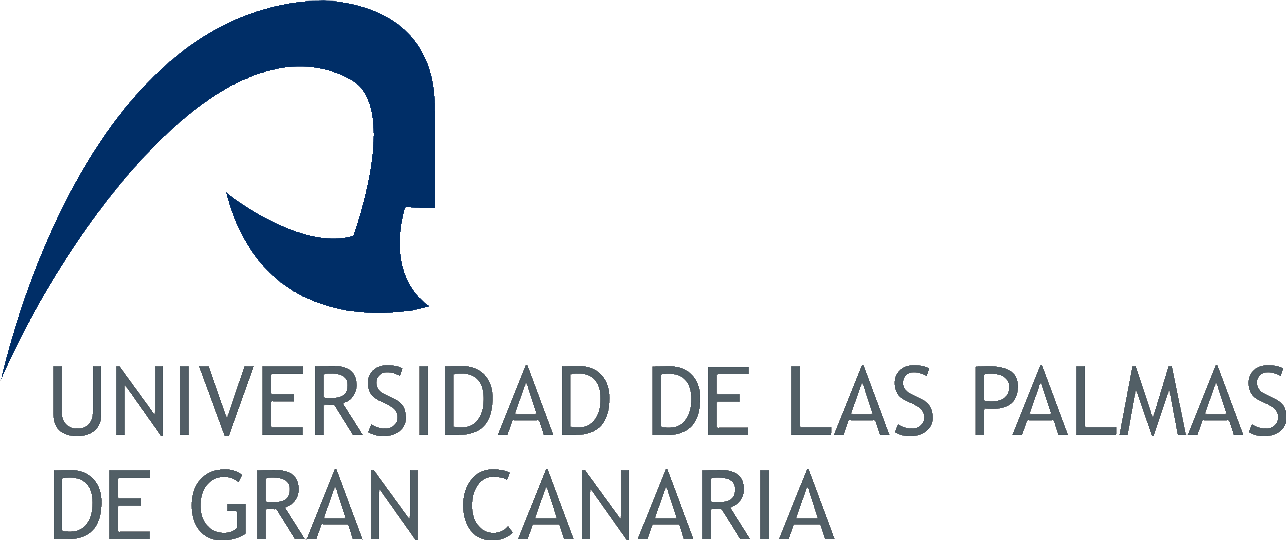
|
 |

Keynote Speakers
When Simulation meets Multi-Objective Optimization and Data Mining: Knowledge-Driven Optimization and its applications to Industrial Systems Engineering
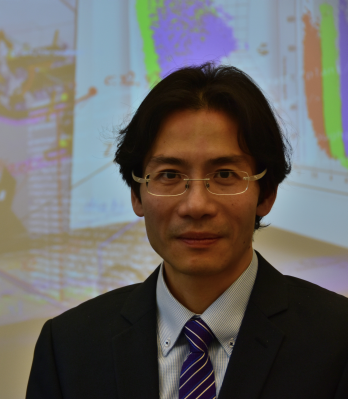
|
Amos H.C. Ng |
Abstract
Data mining is described as the technology that will trigger a new revolution on how scientific research is conducted: Microsoft Research calls this “The Fourth Paradigm”; McKinsey & Company uses the term “Big Data” to describe the big impact of data mining in the future of business, industry and education; Harvard Business Review published an article with the title “Data Scientist: The Sexiest Job of the 21st Century”. While all of these rightly emphasize the role of big data to future industries, there seems to be more focus on discovering knowledge from databases, but less recognition on the power of combining optimization and data mining to extract knowledge from optimization data.
This talk presents the recent advances in combining simulation, multi-objective optimization and data mining. The innovations lie on how these technologies can be synergistically integrated and used interactively to address problems in some new, promising manners. Unlike ordinary optimization approaches which several design objectives are linearly combined into a single mathematical function, multi-objective optimization can generate multiple design alternatives and sort their performances into an efficient frontier. With the multiple optimal design alternatives generated, they constitute an optimal data set that can be fed into some data mining algorithms for extracting the salient knowledge about the relationships among the design variables and the optimal objectives, automatically or semi-automatically. Furthermore, if the knowledge can be extracted in some explicit representations, like rules, they can be incorporated readily into the optimization algorithm to enhance its performance through adaptation of the parameters or guiding/restraining the optimization towards the user-preferred regions. We call this new research direction as Knowledge-Driven Optimization, which when applied with real-world simulation models, has successfully solved a number of real-world industrial problems, particularly related manufacturing and supply-chain systems design, analysis and improvement. This talk will address the specific challenges posed by the design/analysis of systems with discrete variables for this integrated simulation, optimization and data mining approach and then present some new interactive data mining algorithms developed to meet these challenges, illustrated with real-world examples.
While the talk will put some focus on applications within systems engineering, it is believed that the methodologies and framework developed are highly applicable to other application domains.
Curriculum Vitae
Professor Amos H.C. Ng is the research leader of the Production & Automation Group at the School of Engineering Science, University of Skövde, and a guest professor in simulation and optimization at the School of Engineering, Jönköping University, Sweden. As the principal investigator of a list of industrial-based research projects, he is an expert in the areas of modelling, simulation, optimization and decision support of production/supply-chain systems. His research in simulation-based optimization has attracted substantial funding/support over the last 12 years, not only from major automotive companies, but also other manufacturing and logistics firms in Sweden. He is the chief architect of OPTIMISE, an internet-based distributed computing platform, as well as FACTS Analyzer, a factory conceptual design and analysis software, which are being used by automotive companies. He has authored and co-authored 100+ scientific journal and conference articles and 1 edited book. Knowledge-Driven Optimization for production systems design, analysis and improvement, is his currently active research area. The technology and software developed that use an integration of multi-objective optimization and data mining to help companies to not only seeking optimal solutions but gaining deeper understanding of the systems under design/improvement for confident decision-making has earned him a Volvo Car Technology Award in 2013 and two best conference paper awards (Sweden and Italy) in 2012-13.
Multi-Scale Simulation for Energy Systems using a Complex Systems Approach
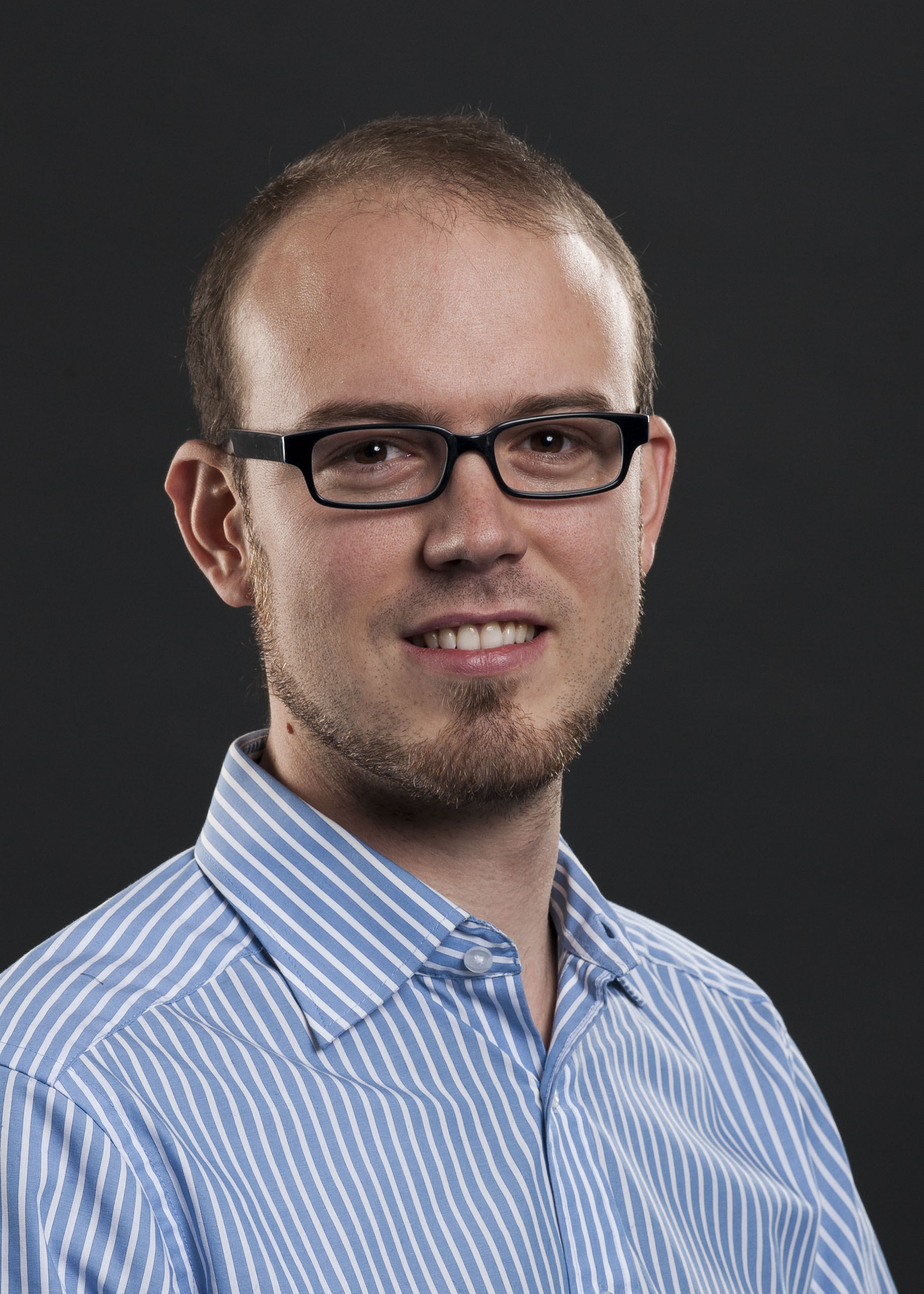 |
Dr. Enrique Kremers |
Abstract
Our world is facing a significant challenge from climate change and global warming, coupled with an increased awareness about the importance of preserving the environment. This challenge calls for optimizing our resources and developing in a more sustainable way. This has led to a paradigm shift in the energy sector, characterized by the general trend of decentralization and introduction new technologies and resources. The increase of complexity of the system, further potentiated by the introduction of information and communication technologies, demands for new approaches and methods to tackle the emerging challenges of a man-made system which ultimate aim is to assure a functioning society through the supply of affordable and safe energy.
Energy systems can be characterized by their large scale dimension, in which different networks are interconnected with each other. Furthermore, they can be categorized as systems-of-systems, being composed of many individual subsystems that fulfill their own local goals. Within the trend of "smartening" those systems by further interactions through ICT and coupling of different energy vectors such as gas, heat and power, additional interdependencies are added. These interdependencies can be horizontal, within a given scale of the system, or vertical, leading to cross-scale relationships. This lead to non-linear behaviors, that can include feedback loops.
Complexity science, which is dealing with these questions as an inherently interdisciplinary science in many fields, such as biology or sociology, can help to better address these questions, by offering means to explore systems with many interconnections and dynamic behavior over time and space.
Currently, many tools and models are targeting one scale only. In order to understand cross-scale effects on those systems, decentralized and bottom-up approaches that aggregate the effects of the systems at different scales are needed. Examples of geographical, temporal and structural multi-scale modelling using an agent-based approach will be shown through different case studies in the energy domain.
Curriculum Vitae
Dr. Enrique Kremers received his diploma in electrical and information technology engineering from the Karlsruhe Institute for Technology, Germany, in 2008. Since then he has been working as research and development engineer at the European Institute for Energy Research (EIFER, EDF & KIT) in Karlsruhe. In 2012, he received his PhD from Universidad del País Vasco, Spain, on the topic of modeling and simulation of energy systems through a complex systems approach. His main research focus is on modeling of distributed energy systems, by developing integrative and bottom-up simulation methods, considering multiple spatial and temporal scales. The approach takes into account their multiple energy vector characteristics, by considering not only power, but e.g. heat and other energy vectors within the same environment. During his work at EIFER, he has contributed to several smart grid and smart city projects carried out for the utility EDF. He is currently in charge of the Intelligent Energy System Competence Cluster in EIFER. Since 2014 he is lecturer at the Karlshochschule International University for the course Industry Energy Management.
Intelligent Electrical Energy Distribution & Consumption: SMARTGRID
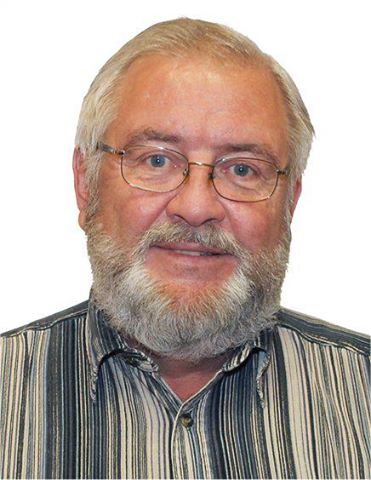
|
Janos-Sebestyen Janosy |
Abstract
The methodology and structure of our electrical grids were invented at the end of the 19th century. Highly centralized infrastructure: the big power plants are connected via transformers and transmission lines to the local utilities. Steam engines – now turbines – are running and the frequency is controlled. Metering is mostly one-way only: it is difficult to sell even small amount of energy to the national grid.
Electrical energy is still not stored; production should be always equal to the consumption. Customers are not participating in the control process; everyone can draw as much energy as he/she pleases at any time, regardless to the balance of the supply and demand, usually at fixed tariffs. Earlier at least the rotating machines supported the control: slower rotation meant less energy is needed.
We do not want blackouts like the huge one affecting the whole east coast of US in 2003. Lives were lost, and it caused huge financial and other damages. Our networks nowadays used to be redundant, diverse, self-diagnosing, self-healing, distributed, capable to degrade stepwise, without collapsing, and even partially self-reliant. Something similar should happen to the electrical grids, too. They should be smart grids.
Centralized networks are not suited well to integrate numerous, distributed small energy producers: renewables, as photovoltaic cells or wind turbines. They are unpredictable and there is no storage in the network: that means conventional power plants have to run at reduced power in order to be ready to take over the load at whenever the unpredictables are giving up. It is economically not feasible.
There are many ideas and efforts spent to enhance the situation, with or without creation of minigrids. They will be presented in general together with some advanced electricity storage methods.
Curriculum Vitae
Janos Sebestyen JANOSY is working for the Atomic Energy Research Institute which is part of the Centre for Energy Research of the Hungarian Academy of Sciences since 2012. He is a Senior Researcher since 1974, former Head of the Simulator Development Department 1994-2011, Senior Consultant to the Technical and Scientific Support Organization since 2012. He is “Honorary Life Fellow” of the UK Simulation Society.
J.S. Janosy has published over 70 scientific publications in international journals and conferences. His main scientific interests: modeling and simulation, real-time simulation and simulators, nuclear, fossil and renewable energy production, energy distribution, smart electrical grids and energy storage.
He participated, and later managed several industrial projects connected to the mentioned topics. He is married with two grown-up married daughters, having three grandchildren. He is a Ham Radio operator (radio amateur) since 1965, mostly on short-wave bands with call sign HA5GN. He is active in shooting sports.



